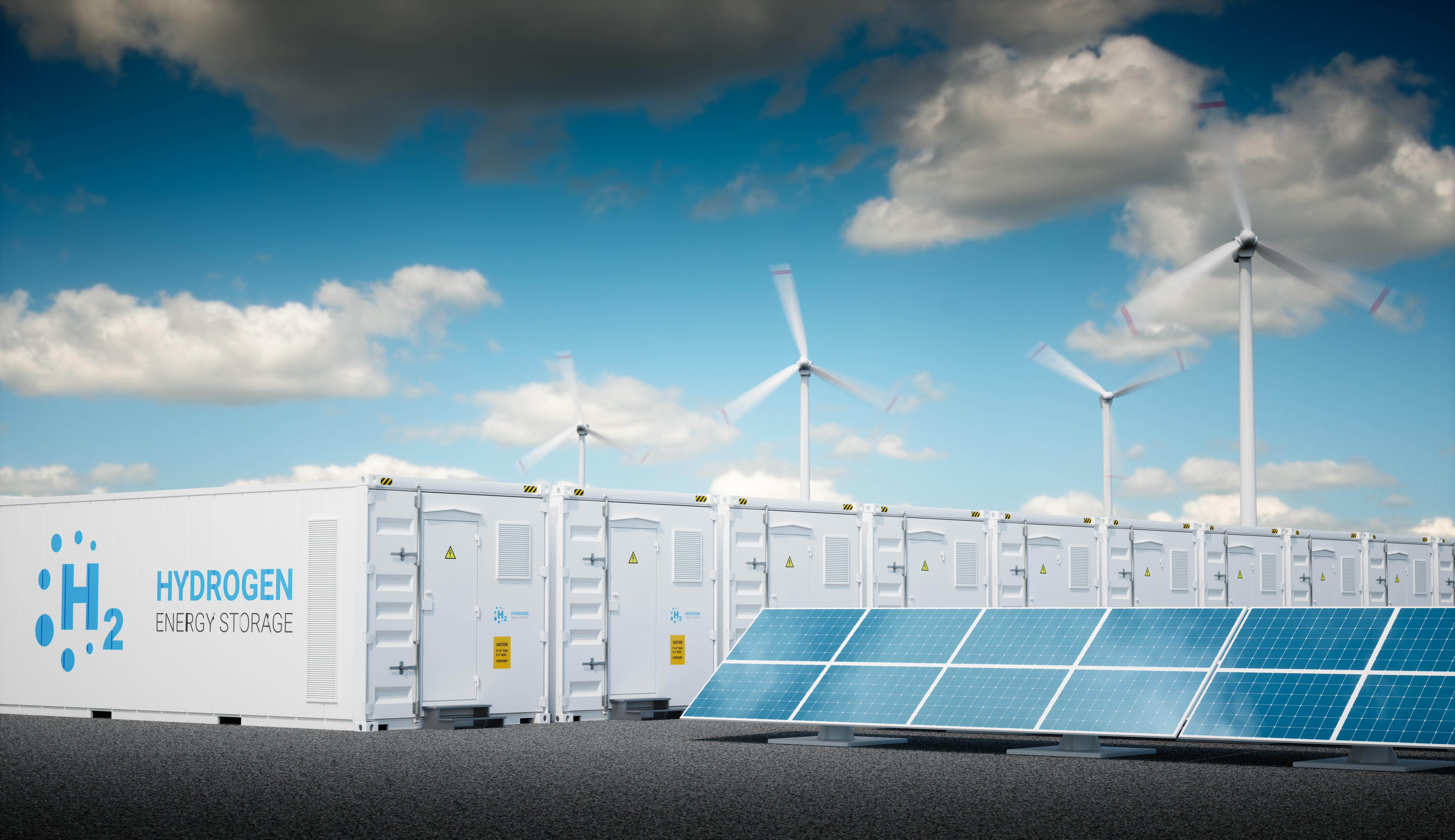On the Cusp of a Hydrogen Revolution?

According to an EPRI study, electrolyzer technologies are moving closer to the efficiency and equipment life necessary for large-scale hydrogen production. Continued technological development is needed for hydrogen to serve mass markets for fuel cell electric vehicles and cost-effective, long-duration energy storage.
For fuel cells in the transportation sector, hydrogen production costs need to be at or below $2 per kilogram. The U.S. Department of Energy reports that to achieve this target, electricity prices for hydrogen production need to be less than 3¢ per kilowatt-hour, and electrolyzers need a system efficiency of at least 75%, an operating life of at least 10 years, and capital costs at or below $300 per kilowatt. In interviews with the researchers, electrolyzer developers and manufacturers indicated that today’s technologies already can operate for 10 years at 50–60% efficiency. However, at about $1,000 per kilowatt, the capital costs are projected not to reach competitive levels for about 10 years. Reaching these targets requires low-cost, mass manufacturing of systems and components. The feasibility of procuring electricity under 3¢ per kilowatt-hour is uncertain.
Today, most U.S. hydrogen production reacts steam with natural gas, with electrolysis accounting for only 3–4% of production. For the industrial, transportation, and energy sectors, electrolyzers powered by cheap renewable energy present a promising pathway to carbon reduction. As an example, the study’s authors describe a scenario in which challenges associated with fuel cell vehicle production have been addressed: If 50 million vehicles—or about 20% of vehicles on U.S. roads today—were powered by fuel cells and hydrogen, an additional 60 gigawatts of electric generation capacity would be needed to provide the hydrogen. If this capacity were renewable generation, annual CO2 emissions in the transportation sector would decrease by about 125 million tons, or about 8% of the sector’s emissions.
Several manufacturers are planning megawatt-scale electrolyzer demonstration projects that are expected to provide valuable insights on the performance, costs, and value of hydrogen.
“The cost of hydrogen produced with electrolyzers and renewable energy is a decisive factor that is likely to enable or impede new business models and infrastructure investment in the power, natural gas, transportation, and manufacturing sectors,” said EPRI Technical Leader Brittany Westlake. “Our findings suggest that hydrogen could be a potential solution at the utility scale after 2030 and should be considered among other technologies to provide flexibility for a low-carbon grid.”
Key EPRI Technical Experts:
Brittany Westlake
For more information, contact techexpert@eprijournal.com.

